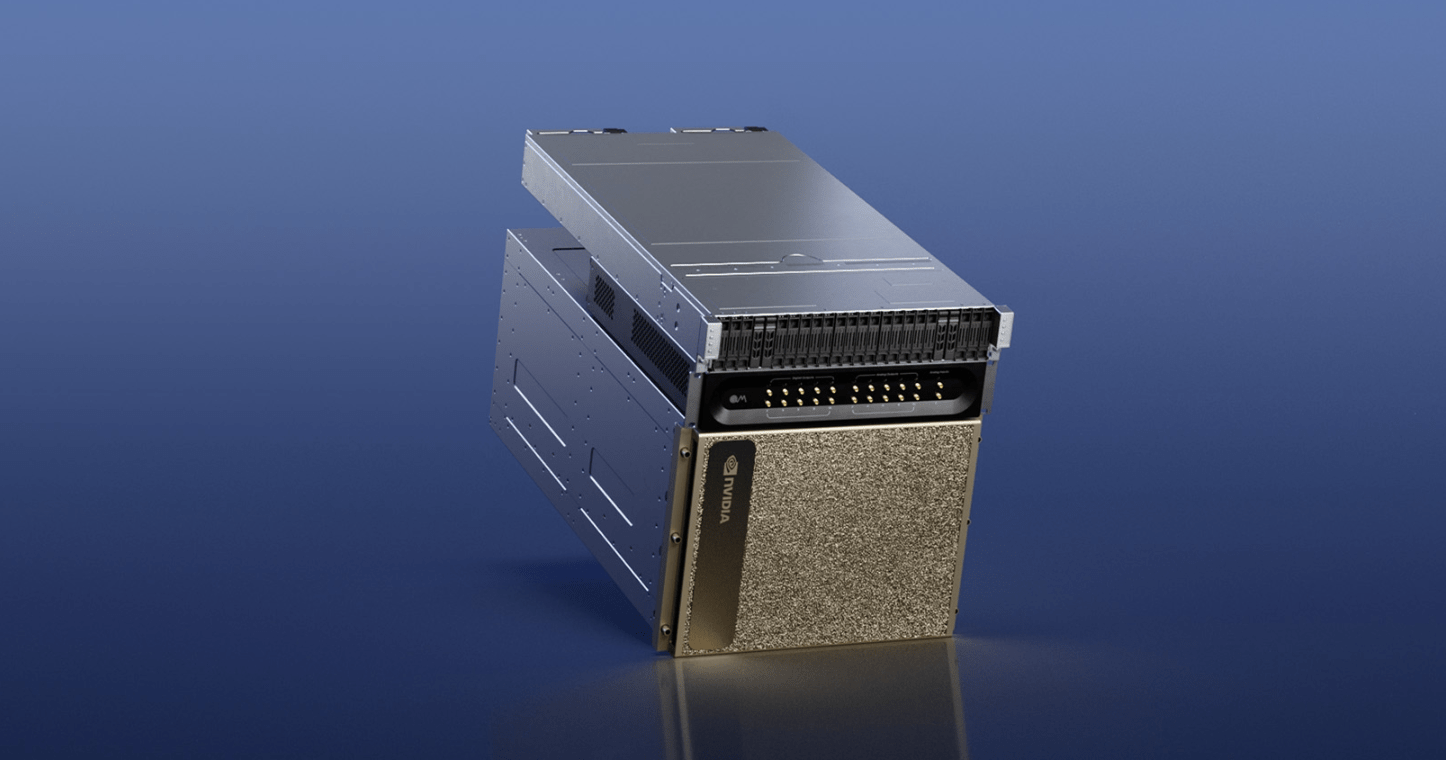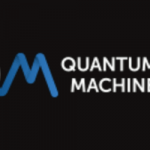Nvidia teams with Quantum Machines on GPU-accelerated DGX Quantum

Nvidia, designer of many GPUs and other processors, has so far not developed its own QPUs, choosing instead to work with the big names on quantum computing to support their QPUs with programming and software solutions. But the semiconductor giant continues to embrace the quantum evolution, and this week announced in partnership with Quantum machines a GPU-accelerated quantum computing system architecture aimed at boosting the efforts of researchers requiring high performance and low latency in hybrid quantum-classical computing scenarios.
The Nvidia DGX Quantum system combines Nvidia’s state-of-the-art the Grace Hopper Superchip and the company’s CUDA Quantum open-source programming model with Quantum Machines OPX+ orchestration platform, a universal quantum control system. The Grace Hopper system is connected by PCIe to Quantum Machines OPX+, enabling sub-microsecond latency between GPUs and QPUs, the companies said.
While quantum computing eventually will be able to accomplish things that classical computing can’t, and quantum systems increasingly could be linked to classical supercomputers with that notion in mind, the pairing of classical and quantum systems also can provide benefits in the other direction.
Sam Stanwyck, group product manager for quantum computing at Nvidia, and a speaker at last year’s IQT Quantum Enterprise event, told IQT News, “It’s true that in the future quantum computing will be able to solve problems that classical computing can’t but the important question for now is not what quantum computing can do for classical supercomputing; it’s what can classical computing and then classical supercomputing can do for quantum computing? We’re still a ways away from valuable quantum computing, and so can we use the computers and systems and software platforms we’ve already built for classical computing and use them to accelerate quantum computing? The answer is yes.”
Stanwyck says he sees the ability to accelerate error correction for quantum systems as the most immediate application for DGX Quantum.
According to Omri Shoshan, vice president of business development at Quantum Machines, one of the first deployments of the DGX Quantum system will be in Israel’s National Quantum Computing Center, which Israel-based Quantum Machines was chosen to build last summer. That deployment will come later this year.
“This platform in a sense would be an enabler for an entire ecosystem,” Shoshan said.
Stanwyck and Shoshan said that both the Grace Hopper and OPX+ systems can be scaled to fit a range of quantum computing systems, from a few-qubit QPU to a quantum-accelerated supercomputer.
The DGX Quantum announcement was made at Nvidia’s Spring GTC conference this week, and also served as the public acknowledgement that the CUDA Quantum software stack is now available in open source. Nvidia also announced at the conference that a new group of partners are integrating CUDA Quantum into their platforms, including quantum hardware companies Anyon Systems, Atom Computing, IonQ, ORCA Computing, Oxford Quantum Circuits, and QuEra; quantum software companies Agnostiq and QMware; and supercomputing centers National Institute of Advanced Industrial Science and Technology, the IT Center for Science (CSC), and the National Center for Supercomputing Applications (NCSA).
Dan O’Shea has covered telecommunications and related topics including semiconductors, sensors, retail systems, digital payments and quantum computing/technology for over 25 years.



















